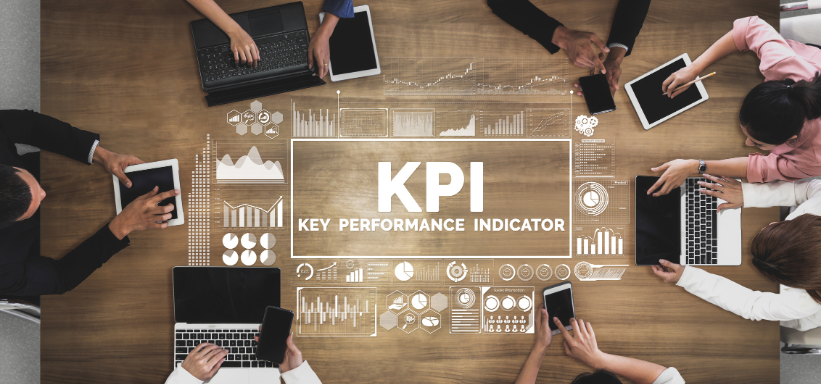Executive Summary
-
Understand the growing importance of Impact Investing in the context of ESG and sustainability.
-
Learn about the most relevant Key Performance Indicators (KPIs) for measuring impact in 2025.
-
Discover the benefits and challenges associated with implementing these KPIs.
-
Gain insights into the best practices and tools available for effective impact measurement.
Introduction
In an era where sustainable finance is no longer a niche but a necessity, investors, founders, and corporates are increasingly turning to Impact Investing. This approach not only aims for financial return but also seeks to generate positive social and environmental outcomes. But how can you effectively measure these outcomes? This article delves into the Key Performance Indicators (KPIs) that will be crucial for impact measurement in 2025. By the end, you will understand the benefits, challenges, and best practices for implementing these KPIs in your investment strategy.
Definitions / Context
Impact Investing refers to investments made with the intention to generate positive, measurable social and environmental impact alongside a financial return. As part of ESG (Environmental, Social, and Governance) strategies, impact investing requires robust metrics to quantify effectiveness.
Key Performance Indicators (KPIs) in this context are metrics used to evaluate the success of an investment in generating targeted positive impacts. In 2025, these KPIs are expected to be more refined and standardized, reflecting the growing sophistication of impact measurement.
Benefits / Pros
-
Enhanced Decision-Making: KPIs provide concrete data, helping investors make informed decisions.
-
Transparency and Accountability: Clear metrics foster trust among stakeholders by demonstrating genuine impact.
-
Benchmarking and Comparability: Standardized KPIs allow for performance comparison across different investments.
-
Alignment with Global Goals: KPIs often align with broader frameworks like the United Nations Sustainable Development Goals (SDGs).
Risks / Cons / Challenges
-
Complexity in Measurement: Defining and quantifying impact can be complex due to varying definitions and methodologies.
-
Data Availability and Quality: Reliable data collection remains a significant challenge, especially in developing regions.
-
Resource Intensity: Implementing robust metrics can be resource-intensive, both financially and in terms of human capital.
-
Regulatory Uncertainty: Changing regulations might affect the applicability and acceptance of certain KPIs.
How to Implement Impact KPIs in 2025
-
Define Your Impact Objectives: Clearly identify the social and environmental outcomes you aim to achieve.
-
Select Relevant KPIs: Choose KPIs that align with your objectives and are recognized within your industry.
-
Set Baselines and Targets: Establish starting points and realistic goals for each KPI.
-
Data Collection: Implement systems to gather accurate and timely data.
-
Monitor and Report: Regularly assess performance against KPIs and report findings to stakeholders.
-
Adjust and Optimize: Use insights gained to refine strategies and improve impact.
A leading renewable energy firm aimed to measure its impact on local communities. By implementing KPIs focused on job creation, carbon emissions reduction, and energy efficiency, they not only enhanced their project transparency but also attracted additional investment aligned with their sustainability goals. This case demonstrates how carefully selected KPIs can drive both impact and financial returns.
Case Study: Renewable Energy Firm’s KPI Integration
Expert Tips / Strategic Insights
-
Involve Stakeholders: Engage with beneficiaries and other stakeholders in the KPI selection process to ensure relevance and buy-in.
-
Leverage Technology: Utilize advanced analytics tools for efficient data processing and visualization.
-
Regularly Review and Update KPIs: Keep KPIs aligned with evolving industry standards and organizational goals.
Tools / Resources / Calculators
-
IRIS+ Metrics: A comprehensive catalog of impact measurement metrics.
-
SDG Action Manager: A tool to help businesses align with the SDGs.
-
Impact Management Project (IMP): A resource for best practices in impact measurement.
Conclusion
As we advance towards 2025, the importance of robust Key Performance Indicators in Impact Investing cannot be overstated. These metrics not only enhance transparency and accountability but also align investments with global sustainability goals. For investors and organizations committed to making a positive impact, understanding and implementing these KPIs is a strategic imperative.























